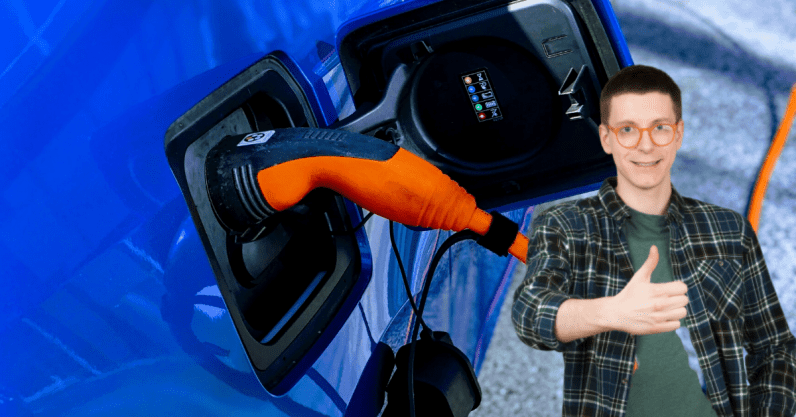[ad_1]

Electric powered automobiles could make a huge dent in the world’s greenhouse fuel emissions. But they even now make a tiny 2 percent of cars and trucks on the highway right now. A huge velocity bump they facial area is the hour or so it takes to cost.
That could transform, many thanks to a new discovery by Pennsylvania Condition University scientists. They have occur up with a strategy to cost lithium battery in just 10 minutes for 200 to 300 miles of driving.
An electric powered automobile that can be charged in the time it usually takes to fill a gasoline tank could jumpstart the EV current market. “The 10-minute development is for the potential and is vital for adoption of electric vehicles because it solves the variety nervousness trouble,” said Chao-Yang Wang, a professor of mechanical engineering at Penn Point out.
To charge a battery promptly, a substantial sum of vitality has to be pumped into it in a limited time. But that can trigger lithium to deposit on the battery’s electrode. This lithium plating decreases the battery’s general performance and lifespan, and even induce harmful small circuits.
The crucial guiding the new charging procedure is warmth. The scientists observed that if they charged a battery at a large temperature of 60 levels Celsius and then quickly neat it, it charged without plating in just 10 minutes. It is discharged at home temperature.
To get the quick heating time and to uniformly heat the battery, the group embedded a nickel foil in a lithium battery cell as a heating component. The researchers could continuously charge the battery like this around and around 2,500 instances with the unit losing only 8.3 % of its cost-holding capacity. That significantly exceeds the U.S. Department of Electrical power focus on of 500 charging cycles with 20 p.c decline. They described the outcomes in the journal Joule.
All the battery cells that the scientists use are centered on industrially mass-produced electrodes and electrolytes. So the procedure should really be easy to commercialize.
This article was created by Prachti Patel and initially printed on Anthropocene Journal. You can read through the primary piece below.
